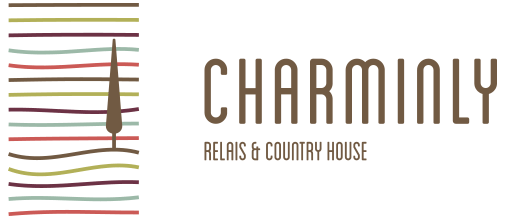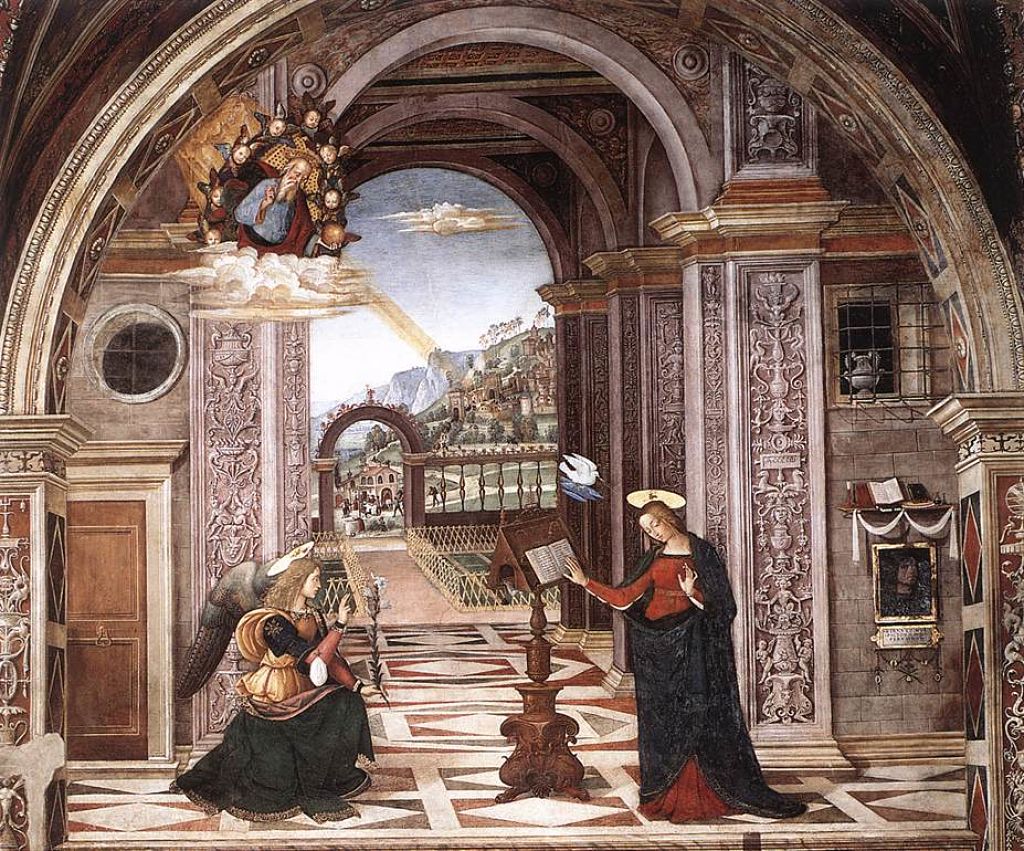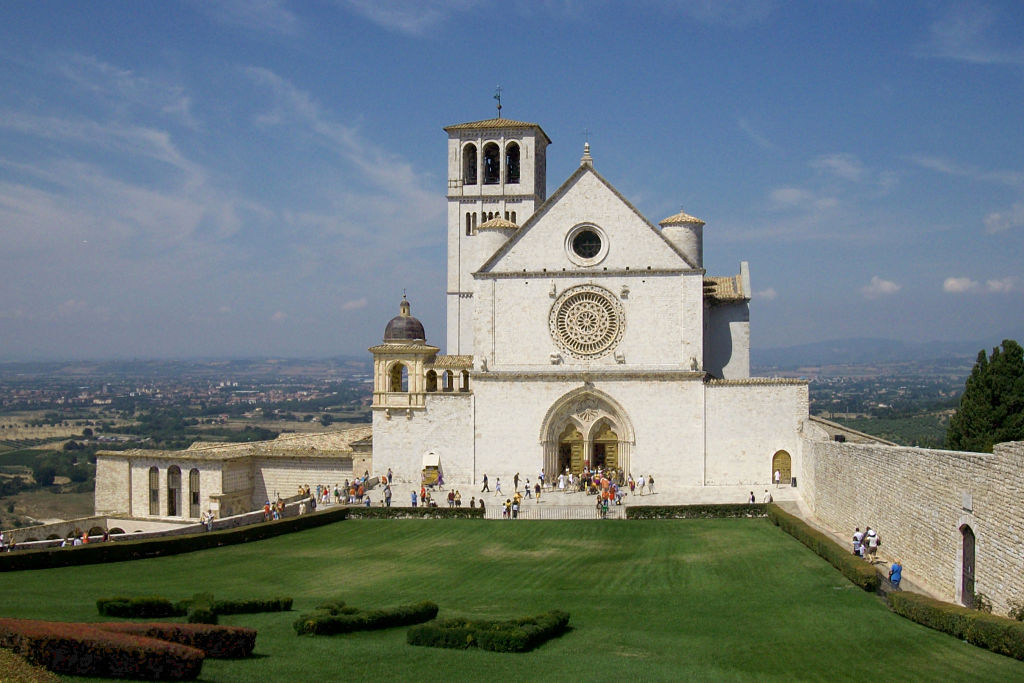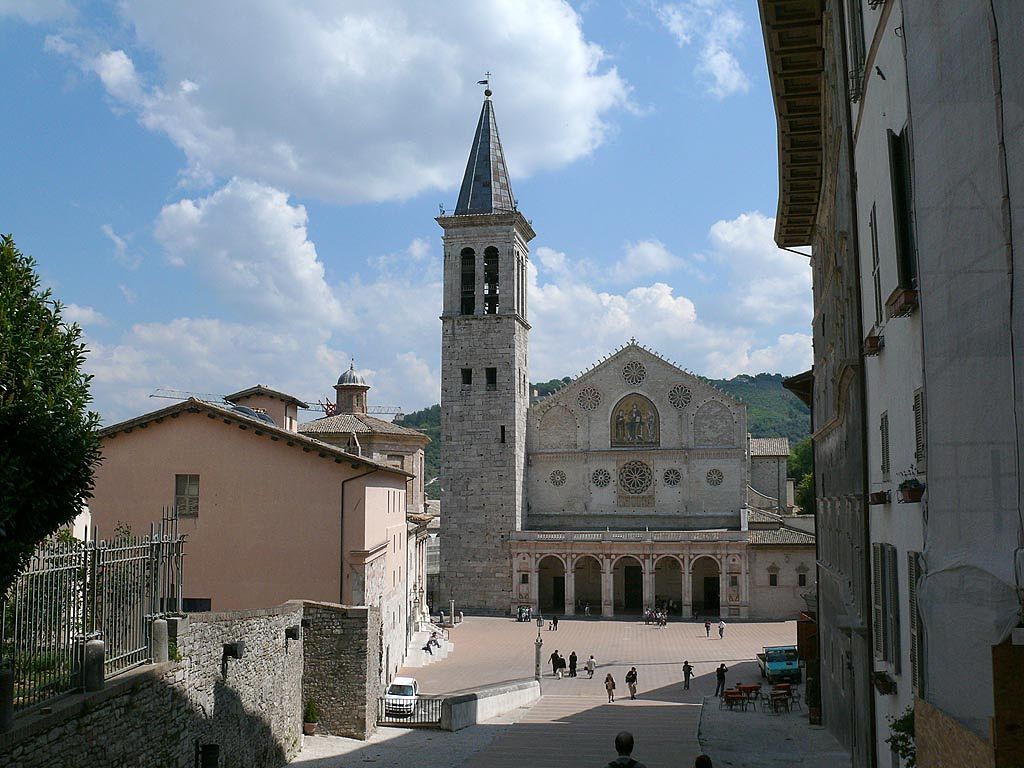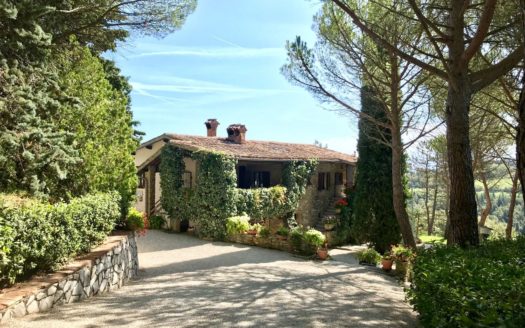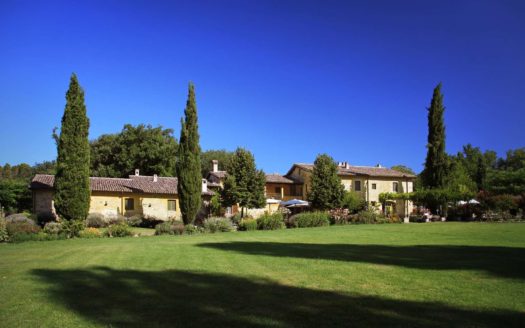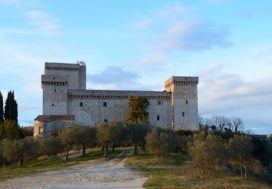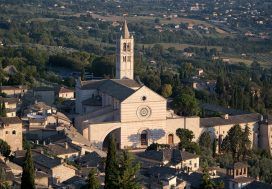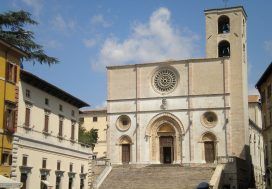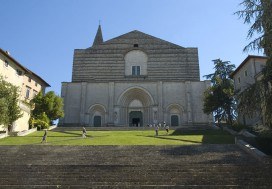Staying at Palazzo Bontadosi or La Panoramica Gubbio and La Gioia, located in Montefalco, in the province of Perugia, in Umbria, you will discover the most beautiful historical buildings of this extraordinary territory.
MONTEFALCO
St. Francis Museum. Encompasses and preserves several frescoes from the 14th-16th century witness to the Umbrian culture, the Museum is formed by the Church, the lapidary Museum, the art Gallery, the cellars of the Friars and the exhibition spaces dedicated to temporary works. Overall there are works of particular importance as the cycle in the apse showing the stories of the life of St Francis painted by Benozzo Gozzoli, dating to 1452. The expansion of the exhibition spaces make the Museum the 1° historical Museum of Umbria.
BEVAGNA
Surrounded by ancient walls, the medieval village of Bevagna, encloses a quaint old town framed by buildings of high cultural, architectural, artistic and religious value, including the Church of Saint Francis and Palazzo dei Consoli.
SPELLO
Baglioni Chapel. Pinturicchio painted the frescoes after commission of the prior Baglioni in 1500-1501, and the Chapel guards the self-portrait of the author. The many frescoes in it tell each step of the Gospel by combining the dimension of space and perspective, typical of the ‘ 400, with attention to detail.
The frescoes by Pinturicchio, which we find in the Baglioni Chapel, tell Marian episodes using a descriptive technique and color shades features that surround the main theme: episodes of daily life, hairstyles, floral and plant motifs.
FOLIGNO
Palazzo Trinci, in Piazza della Repubblica in Foligno is one of the most important buildings from the late Middle Ages in Italy. The palace keeps a large number of frescos dating back to ‘ 400, created by the artist Gentile da Fabriano in collaboration with other artists. The palace houses the Archaeological museum, the art gallery and the multimedia Museum of tournaments of the rides and the games.
ASSISI
In Assisi, you will find the Basilica of St Francis, built on the place where the Saint had decided to be buried and that in the Middle Ages it was called “Hill of hell” because of the public executions. The current appearance of the basilica is the result of actions in different periods and shows visitors composed of two churches, one in Gothic style, the other short and austere.
DERUTA
Sanctuary of the Madonna del Bagno. In Casalina, near to Deruta there is the sanctuary of the Madonna del Bagno, consisting of a small church that fits perfectly into the rural environment in which it is located. Completed in 1687, the Church is an extension of the first chapel which had been built by the Abbot of San Pietro.
Museum of ceramics. The oldest Italian ceramics Museum is hosted in the convent of St Frances, which is located in the historical centre of Deruta. Its original name “Artistic Museum of tiles workers”, left a clear intent not only to preserve the works of various artists, but wanted to be a stimulus and an inspiration for artisans.
SPOLETO
Duomo. Main place of worship of Spoleto, the Cathedral of Santa Maria Assunta was built between 1151 and 1227. Its architecture reflects a perfect blend of Renaissance, Gothic and Baroque style.


